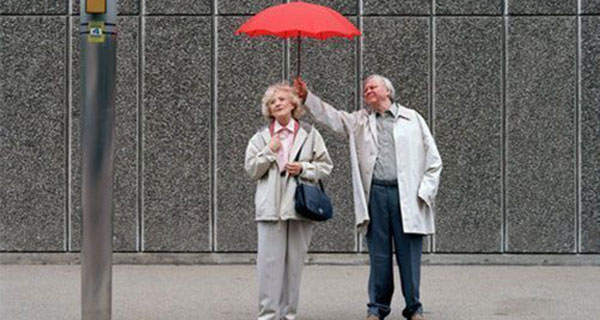 The refrain of “care for the caregiver” rings loud and hollow for many natural caregivers.
The refrain of “care for the caregiver” rings loud and hollow for many natural caregivers.
A Google search turns up hundreds if not thousands of links to finger-wagging articles full of instructions to “take a bath” or “just take a break.” Natural carers are told that once they have taken care of their loved ones’ pressing needs, they should do something for themselves.
It’s often implied that if they fail to follow those directions, it’s their own fault if they become exhausted.
There’s a fundamental flaw in this self-care reasoning.
One time, our son was in the hospital for a few weeks. He’s medically complex and so our family provided history, context and translation services (our son is non-speaking but we understand him just fine). My husband and I spared each other off at the hospital when we were not at home keeping family and friends updated on our son’s health. It’s clear we couldn’t wait until all our other tasks are finished before sitting down and considering the additional obligation of self-care. We were just too tired at the end of day to approach self-care with gusto and commitment. And taking a break isn’t an option for us or for most people whose loved ones are very dependent.
So what’s the answer?
Building self-care into natural caregiving requires a mind shift. Natural caring relationships are reciprocal. Our job is both to give and to receive care. We receive care from our extended family members, medical professionals, neighbours and friends. They give us their care so that we can, in turn, provide natural care to our loved ones.
We can also receive care from our loved ones. I walked in to my mother’s assisted-living room recently and found her massaging the shoulders of her favourite carer! Our son cares for us by giving us hugs and smiles, even when he has pain.
It’s not always easy for caregivers to receive care from others. It requires discipline to schedule time off when others arrive to help. Like most other families, my husband and I used to set up camp together in our son’s hospital room during medical crises, but eventually we both became exhausted. Experience finally taught us not to double up our caring – now we take shifts so we each have time to rest. My sister and I do the same with mom.
We can build self-care into caregiving. Making someone a cup of tea? Make two – too often we think we’ll have ours later. If you put a sweater on your loved one, stop to decide if you feel chilly and need one, too. Asking a loved one to give you quiet time or a shoulder massage reinforces the two-way giving and taking that’s natural care. Consider the possibility of performing an act of kindness for yourself every time you perform one for your loved one.
In the ebbs and flows of natural care, we give and take what we need to sustain our caring over time. And at the heart of that exchange is love – the fuel that gives meaning to all we do.
Donna Thomson is a caregiver, author and activist. She wrote The Four Walls of My Freedom: Lessons I’ve Learned From a Life of Caregiving (2014) and blogs at The Caregivers’ Living Room (www.donnathomson.com). She is a board director of the Kids Brain Health Network and advises from a family perspective on numerous health research projects. She also teaches families how to advocate for care at The Advocacy School and The Caregiver Network. She writes Caring Connections with Vickie Cammack.
Donna is a Troy Media Thought Leader. Why aren’t you?
The views, opinions and positions expressed by columnists and contributors are the author’s alone. They do not inherently or expressly reflect the views, opinions and/or positions of our publication.


